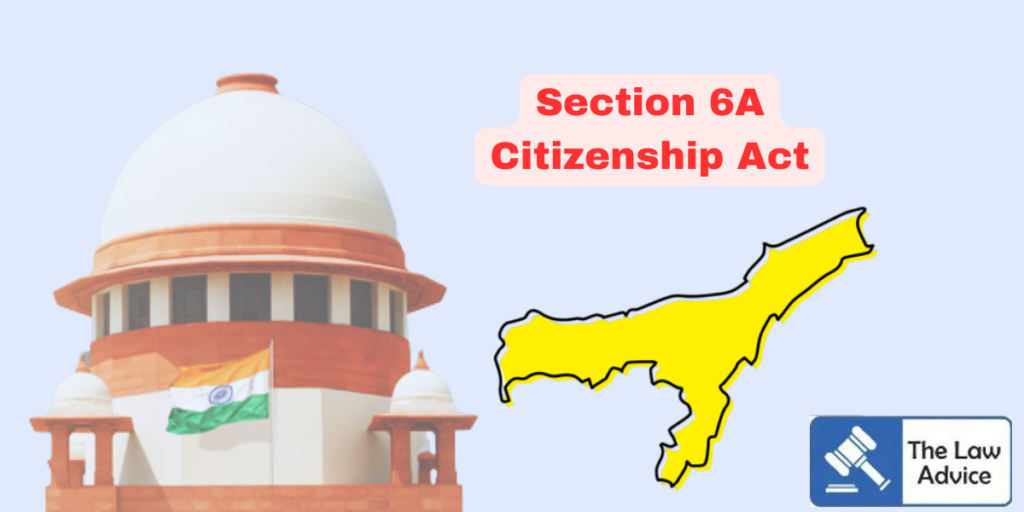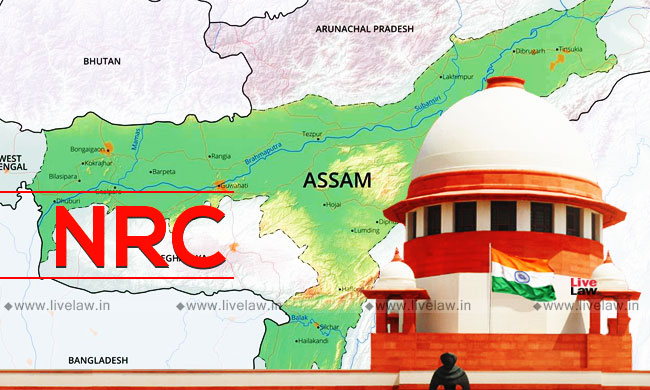In the backdrop of the Assam NRC case, the Supreme Court of India is actively examining the constitutional validity of Section 6A of the Citizenship Act, 1955. This pivotal section, originating from the historic Assam Accord signed in 1985, is under rigorous scrutiny in an ongoing hearing led by Chief Justice of India (CJI) D.Y. Chandrachud and a five-judge Constitution Bench.
Assam NRC: Overview of Section 6A and Its Origins
Delving into the provisions of Section 6A, a unique addition to the 1955 Act stemming from the ‘Assam Accord’ signed on August 15, 1985, unfolds. The accord, a result of negotiations between the then Rajiv Gandhi Government and leaders of the Assam Movement, aimed to safeguard Assamese culture, heritage, and identity.

Historical Context of the Assam Accord
The backdrop of the Assam Accord involves a six-year agitation by the All Assam Students Union (AASU), advocating for the identification and deportation of illegal immigrants, primarily from neighboring Bangladesh. Notably, Section 6A delineates the rights and obligations of foreigners who entered Assam before January 1, 1966, and those who arrived between January 1, 1966, and March 25, 1971.
The constitutional bench, led by Chief Justice of India (CJI) D.Y. Chandrachud, includes Justices Surya Kant, M.M. Sundresh, J.B. Pardiwala, and Manoj Misra. As the arguments unfold, CJI Chandrachud highlights the historical significance of Section 6A, referring to it as a compassionate measure enacted during a pivotal moment in India’s history.
Crucial Quotes from CJI Chandrachud
“It’s crucial to bear in mind that if Parliament were to merely grant amnesty to a group of illegal immigrants, that would be a different situation. However, we can’t deny that Section 6A was enacted at a point deeply connected to our history,” stated CJI Chandrachud. “India played a vital role in the liberation of Bangladesh, and Parliament seems to have proceeded on the basis that the immigration, while technically illegal, was, in essence, humanitarian due to the atrocities committed in the then East Pakistan.”
Implications and Awaited Developments
The ongoing hearing carries significant implications for the interpretation and application of Section 6A. As the court examines its constitutional validity, the outcome will impact the treatment of individuals covered by this section and may influence future immigration-related legislation.



